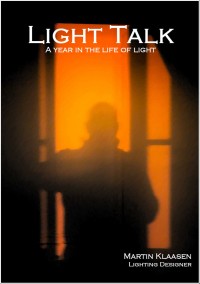Lux meters
Perth, 22nd February 2010
Yesterday I mentioned about lighting levels. We all know that we need a lux meter to measure it. But how useful is it? We human’s actually don’t see light, we see reflections! Lux meters measure the amount of light falling on a surface (lux being the lumens per m2), so really, unless we understand what lux levels mean in relation to what we actually see it is pretty useless. Ok… it gives us an indication about the amount of light that reaches a particular surface but unless we understand the nature of the objects, materials and finishes that reflects the light it does not mean much.
Ever measured the lighting levels on a white polished stone, then on a matt piece of black leather? Assuming the same position, the results are the same, right? But as the reflections are totally different, the visual impressions are totally different . Add to that our eye sensitivity in relation to the peak light source emissions and we have another parameter that is not recorded by a lux meter!
There are luminance meters (quite expensive) that actually record candelas/m2, the reflected light in a particular direction, which are far more accurate in telling us what we will see. These are highly technical meters and rarely used in architectural lighting design, but more in “technical” environments such as road lighting for instance.
As I mentioned once before, we design our lighting for people… not for lux meters! However if we could measure light the way we actually see by having a “lux” meter equipped with artificial rods and cones as measuring devices, wouldn’t that be cool? 🙂

 The long awaited book compilation of Martin's first year of blogging is available. Order now.
The long awaited book compilation of Martin's first year of blogging is available. Order now. Feedspot Top 100 Lighting Blogs
Feedspot Top 100 Lighting Blogs